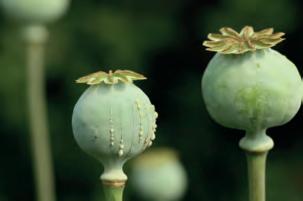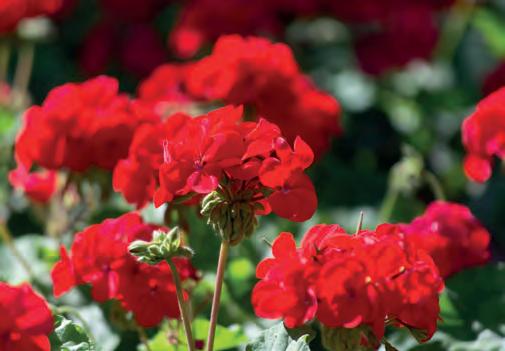
2 minute read
Garden Jobs for August
GARDEN JOBS
Here are some of the top jobs to be getting on with in the garden this month...
Advertisement
1. Prune Wisteria. Cut back the whippy green shoots of the current year’s growth to five or six leaves after flowering in July or August.
This controls the size of the wisteria, preventing it getting into guttering and windows, and encourages it to form flower buds rather than green growth.
2. Summer prune fruits trained as restricted forms. Summer pruning is mainly for apples and pears trained as restricted forms: cordon, espalier, fan, pyramid, spindlebush. Summer prune when the bottom third of the new shoots become woody. Generally, this will be mid-July for pears and mid/late August for apples.
3. Deadhead flowering plants regularly. Not only will your plants look more tidy but it will also prolong their flowering season as the plant continues to put its energies into making flowers rather than into seed production.
4. Watering! Be water wise during hot dry spells. Capture rainwater/ grey water wherever you can and use it to keep containers and new plants well watered. Forget about the lawn, it may go brown but it will bounce back quickly after any decent rain!
5. Collect seed from garden plants. Don't miss an opportunity to increase your plants for free! Collect ripe seed on a dry day, as soon as the seedheads (e.g. capsules or pods) ripen. This is often indicated by a colour change from green to brown, black or red, but must be before they open and shed their contents.
6. Harvest sweetcorn and other vegetables as they become ready Sweetcorn cobs starts to ripen from mid-summer. Once the tassels at the end of a cob have turned chocolate brown, test for ripeness – peel back a little of the husk and pierce a kernel with your fingernail. If a watery liquid squirts out, it’s not yet ripe, if the liquid is creamy, the cob is ready, but if it's paste-like then the cob is over-mature. Twist ripe cobs and pull sharply from the stem. Once picked, sweetcorn rapidly loses its flavour, so only harvest when required and eat as soon as possible.
Keep container plants well watered and deadhead regularly to prolong flowering Collect seed from your plants to get more flowers for free!
7. Continue cutting out old fruited canes on raspberries Cut them down to ground level after harvesting in summer, without leaving a stub
8. Lift and pot up rooted strawberry runners. After the final harvest of the summer, use spare runners (young plants that develop as offshoots from the parent) to fill in gaps or replace old plants. Remove any unwanted runners.
9. Keep ponds and water features topped up. Water evaporates during windy or hot weather, leading to the water level dropping. Ideally use rainwater from a butt as tap water is rich in nutrients that causes algae to prosper.
10. Feed the soil with green manures Green manures are fastgrowing plants sown to cover bare soil. Often used in the vegetable garden, their foliage smothers weeds and their roots prevent soil erosion. When dug into the ground while still green, they return valuable nutrients to the soil and improve soil structure.











